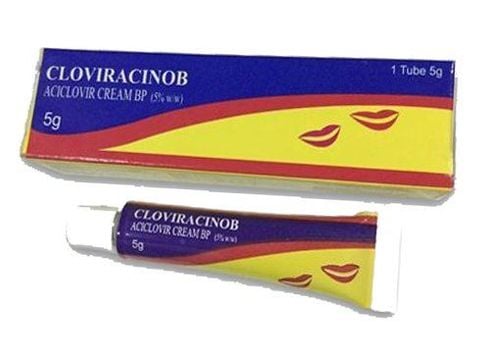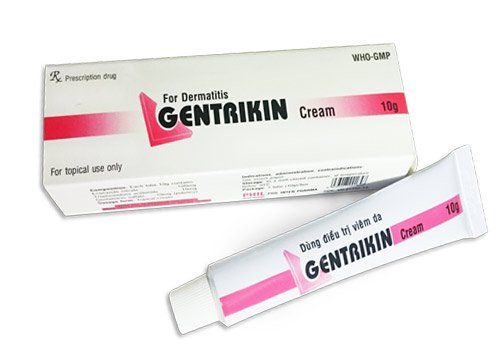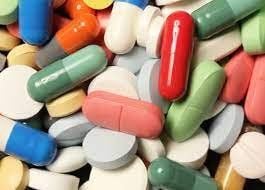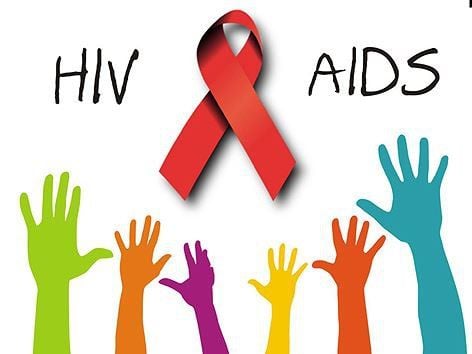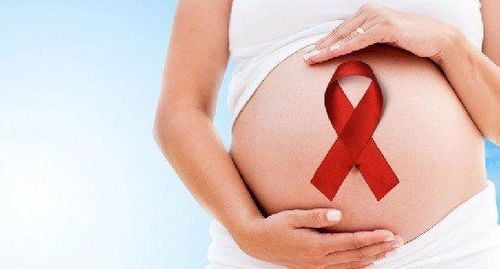This is an automatically translated article.
Tuberculosis co-infected with HIV is a common disease in TB treatment facilities. These patients need to be consulted, provided with information, tested for HIV to detect the disease and have appropriate treatment.
1. Risks of co-infection with TB
Patients with a history of tuberculosis treatment, having contact with sources of TB infection. Patients with a history of treatment in rehab facilities or prisons. The patient is suffering from malnutrition, has a history of alcohol and drug addiction. Diagnosis of HIV co-infected TB should be based on clinical symptoms and should be screened to detect 4 typical symptoms including cough, fever, weight loss, night sweats with any duration.
2. Signs that need attention
People infected with HIV if they do not have all 4 symptoms such as cough, or low-grade fever in the afternoon, weight loss, night sweats, can be excluded from having advanced TB disease and can be considered for treatment. Isoniazid prevent tuberculosis.
In cases where a patient with potential TB/HIV co-infection has at least one or more of the above symptoms, referral to a specialist medical facility is necessary for TB, because these signs are often It progresses rapidly and is less responsive to conventional treatments.
People infected with HIV, if accompanied by any respiratory symptoms, should be screened to detect HIV co-infection with tuberculosis, especially pulmonary tuberculosis.
3. How is HIV co-infected TB patient diagnosed?
In fact, clinical and subclinical manifestations of patients with HIV co-infected TB are often atypical and progress very quickly, with a high risk of death. Therefore, in health facilities, especially outpatient clinics for HIV-infected people, it is necessary to pay attention to TB screening for HIV-infected people every time they visit for any reason. Based on risk factors for TB, clinical and laboratory findings, doctors will decide to diagnose TB in HIV-infected people.
Subclinical diagnosis for patients with TB/HIV co-infection Bacterial test: Sputum test. Perform a direct sputum smear test, or detect microscopy. Note, it is necessary to instruct the patient to collect sputum properly. Two on-site samples may be collected at least 2 hours apart. Time for test results is done within the day of the patient coming to the clinic.
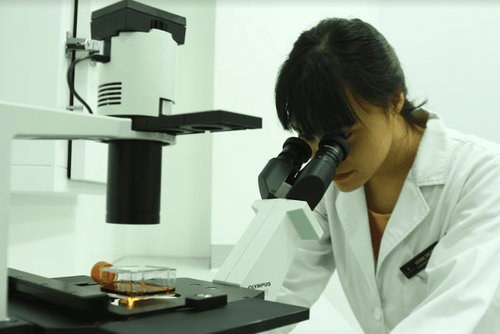
Nhuộm soi đờm trực tiếp của bệnh nhân để tìm vi khuẩn
Xpert MTB/RIF (Mycobacterium tuberculosis/Rifampicin) test: As the preferred test to diagnose HIV co-infected TB, the time for test results is about 2 hours. This test applies to hospitals at the provincial level and above. Time to positive results can be after 2 weeks when cultured in liquid medium (MGIT) (multi growth indicator tube). Imaging by X-ray can also detect TB/HIV co-infection in the early clinical stage of HIV infection, when resistance has not been affected much. Lesions on chest X-ray will not be different from those with HIV negative results. At the late stage, the lesion spreads to both lung fields, the images show nodular lesions, the dominant connective tissue is diffuse, but the cavernous images are rarely seen and the umbilical lymph nodes may be seen. lung, parabronchial lymph nodes, ... Histopathological examination - pathology: lymph node biopsy, lymphadenectomy to diagnose histopathology, cytology may show characteristic components such as pox necrosis, semi-connected cells, tuberculous cysts. Diagnostic testing for HIV co-infection can only be performed with the patient's consent. The patient's blood will be collected and sent to a medical facility capable of performing screening tests, of the PITC units of the anti-tuberculosis program. When the screening test results are positive, the blood sample will be continued. continue to be sent to the laboratory where the nearest HIV test is authorized. Results will usually be available within 7-10 days after the blood sample is sent to the testing facility. The medical staff at the counseling site will base on the final test result as negative or positive to continue. counseling for people with tuberculosis.
4. If HIV diagnostic test results are negative
If HIV diagnostic test results are negative, proving that the patient does not have TB co-infected with HIV, health workers should inform the patient of the results and advise the patient to understand the results correctly and their meaning. of this period.
At the same time, it is recommended that patients get tested again after about 6-12 weeks at a voluntary HIV testing counseling center when risk factors are suspected. In addition, patients at risk of HIV infection and prevention measures should also be counseled, including advising their sexual partners to also be tested for HIV, and refer patients to referral centers. HIV prevention intervention services upon request.
5. If HIV diagnostic test results are positive
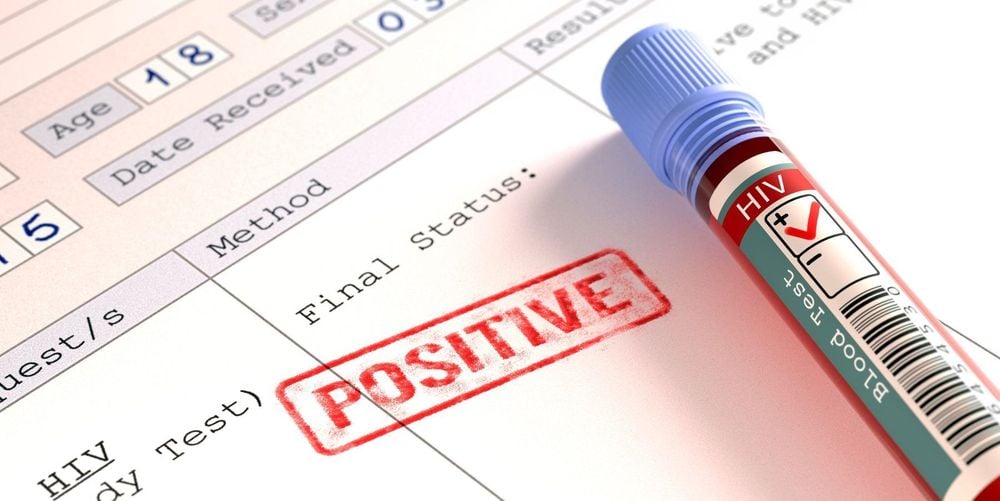
Kết quả xét nghiệm HIV dương tính
If the HIV diagnostic test result is positive, meaning that the patient has TB co-infected with HIV, the health worker must notify and explain the results to the patient; Pay attention to mental and psychological support for patients.
After that, counseling the patient to understand the need for HIV care and treatment, information about the next available support services for the patient; advice on what to do right away, such as continuing to treat tuberculosis, preventing infection for themselves and their loved ones.
In case the HIV diagnostic test results are inconclusive, it is necessary to explain to the patient properly about the test results, provide mental and psychological support to the patient, and advise on measures to prevent HIV infection. , and schedule a time to test again after 14 days.
Please dial HOTLINE for more information or register for an appointment HERE. Download MyVinmec app to make appointments faster and to manage your bookings easily.




